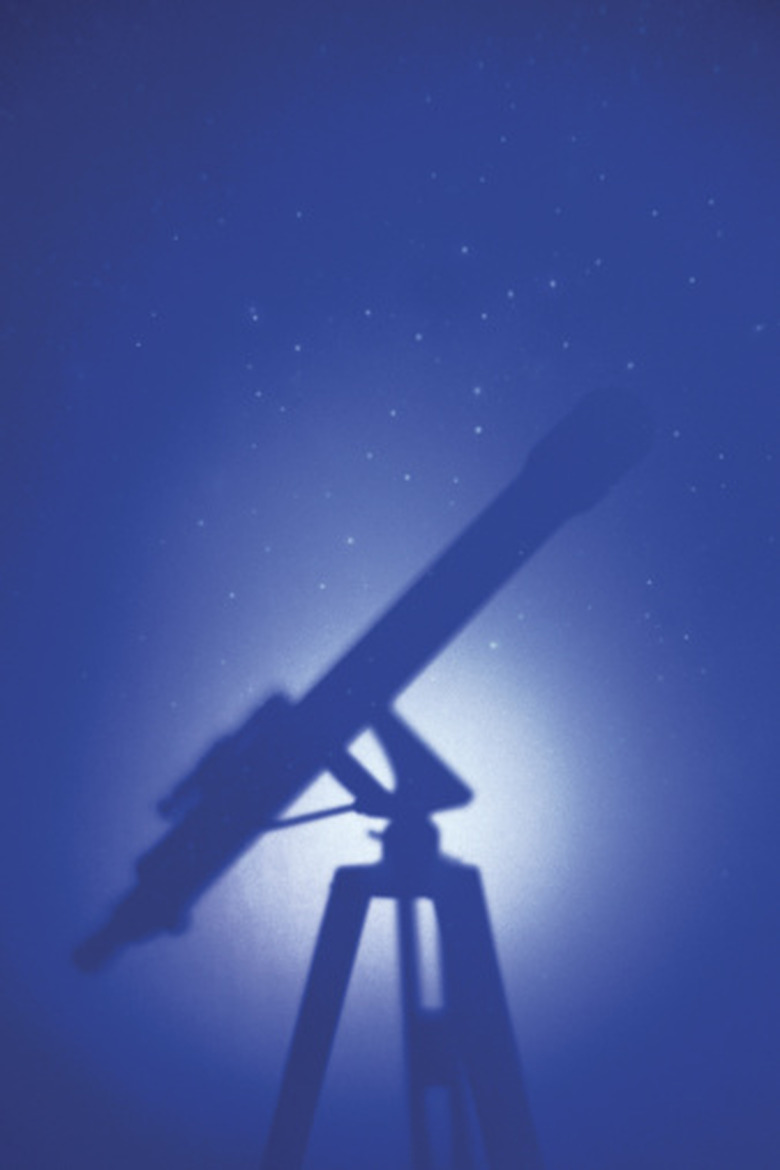Big Dipper Facts For Kids
Kids who love to stargaze are probably familiar with the most identifiable star configuration in the night sky — the Big Dipper. It's easy to find and instantly recognizable thanks to its long "handle" and large "bowl." Over the centuries, the Big Dipper has developed a rich mythology. Young astronomy fans will likely be fascinated to learn what is fact and what is fiction when it comes to the Big Dipper.
The Big Dipper is Not a Constellation
The Big Dipper is Not a Constellation
The Big Dipper is not actually a constellation; it's an asterism. An asterism is a part of a constellation. In this case, the Big Dipper is part of a constellation known as Ursa Major, which is Latin for "Great Bear," and which is the third largest constellation. The seven stars that make up the Big Dipper are the brightest stars in Ursa Major.
The Seven Stars
The Seven Stars
The Bible refers to the Big Dipper as "the seven stars." Those stars are named Alioth, Alkaid, Dubhe, Megrez, Merak, Mizar and Phecda.
The Big Dipper Helps You Find the North Star
The Big Dipper Helps You Find the North Star
The stars in the bowl of the Big Dipper farthest to the right point directly to the North Star, which is also known as Polaris. Because the North Star always appears in the same place in the sky, it has served as a navigational tool for centuries. If you're facing the North Star, you are facing north. The North Star is also known as the Steering Star, the Lodestar and the Ship Star.
The Big Dipper has Other Names
The Big Dipper has Other Names
Throughout the centuries, the Big Dipper has gone by other names in different cultures and countries. The Romans and some Native American tribes referred to it as the Big Bear. The French call it the Saucepan and the English call it the Plough. During the American Civil War, slaves in the Underground Railroad referred to it as the Drinking Gourd.
The Big Dipper Will Change its Appearance
The Big Dipper Will Change its Appearance
If you're still around in about 100,000 years, you will notice that the Big Dipper has changed its appearance. As the stars within the configuration move, the handle will bend and its bowl will flatten. It will end up looking as though the Big Dipper has turned upside down and backwards. You will also notice that an eighth star has joined it. That star is Zeta Herculis, now part of the Hercules constellation.
Cite This Article
MLA
Dumas, Robert. "Big Dipper Facts For Kids" sciencing.com, https://www.sciencing.com/big-dipper-kids-8161309/. 24 April 2017.
APA
Dumas, Robert. (2017, April 24). Big Dipper Facts For Kids. sciencing.com. Retrieved from https://www.sciencing.com/big-dipper-kids-8161309/
Chicago
Dumas, Robert. Big Dipper Facts For Kids last modified March 24, 2022. https://www.sciencing.com/big-dipper-kids-8161309/
